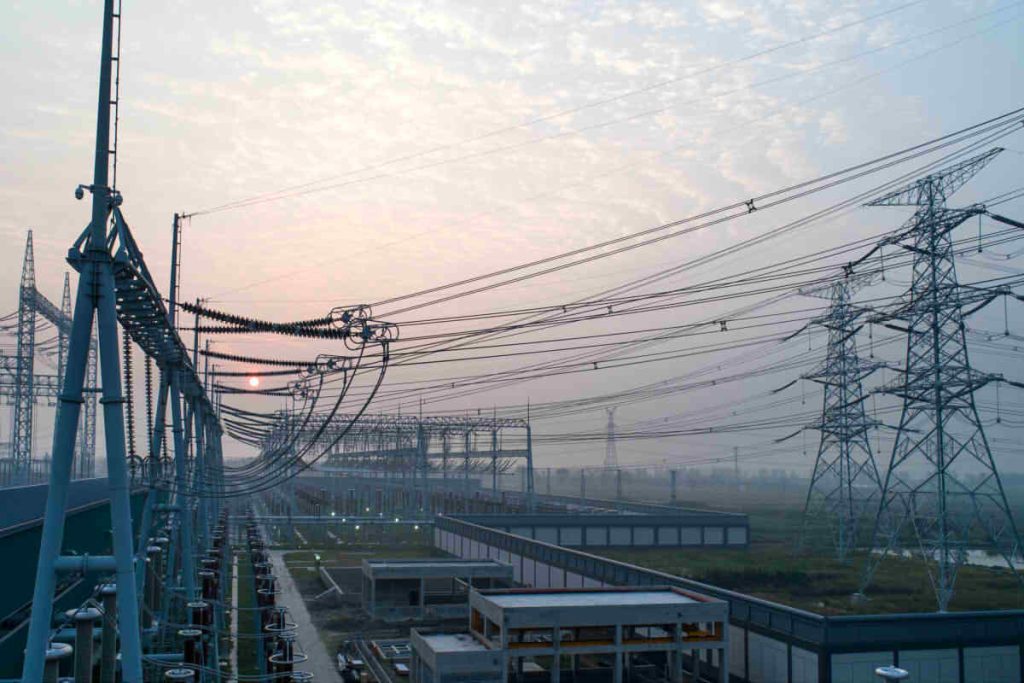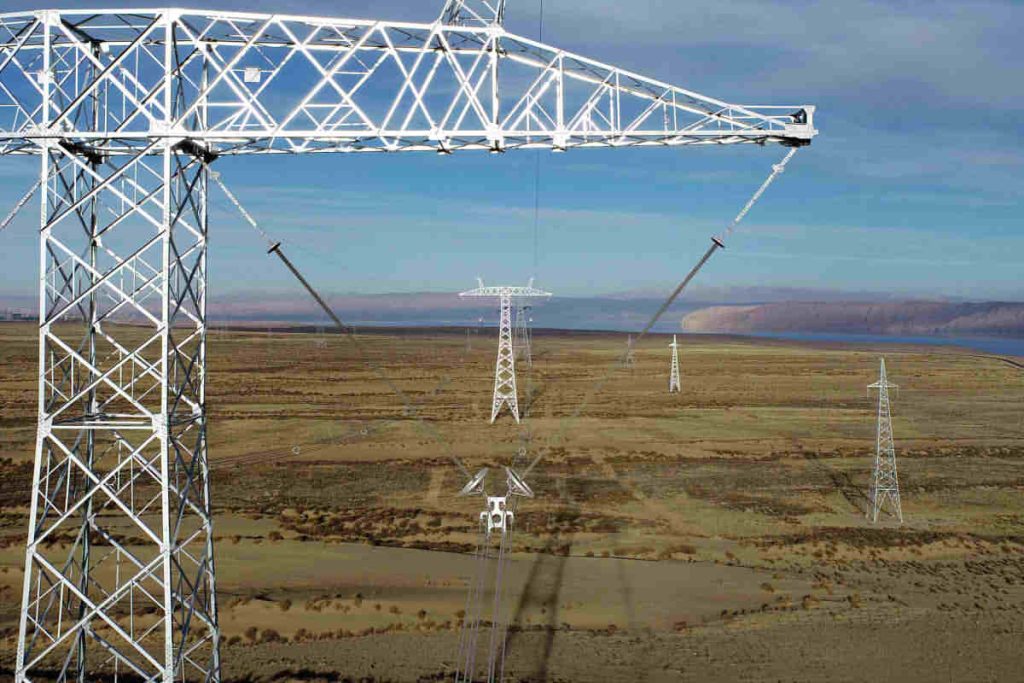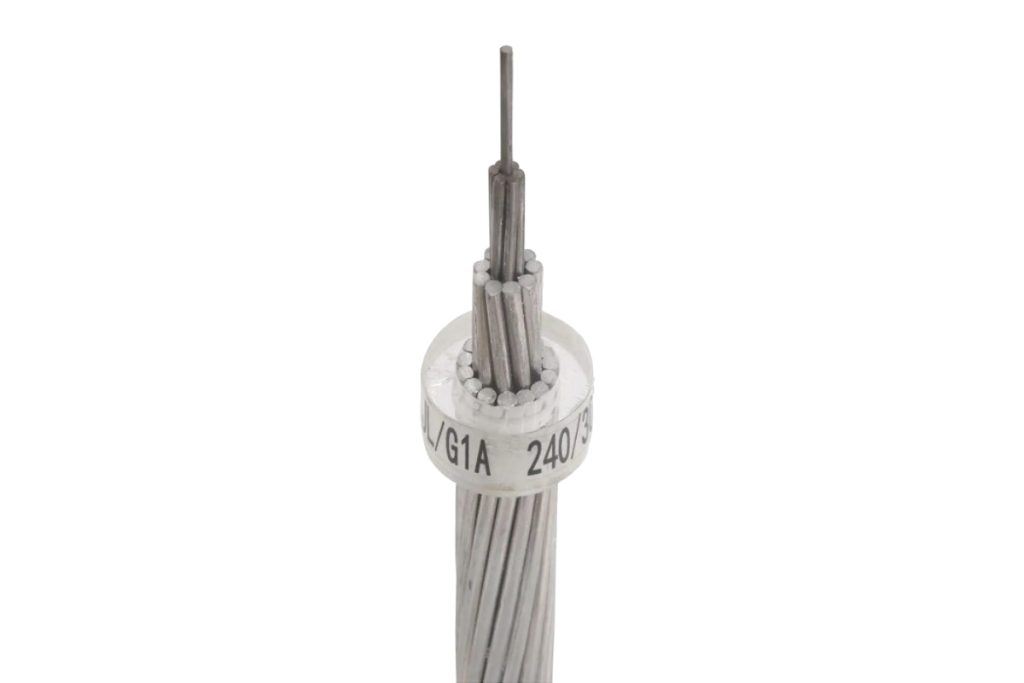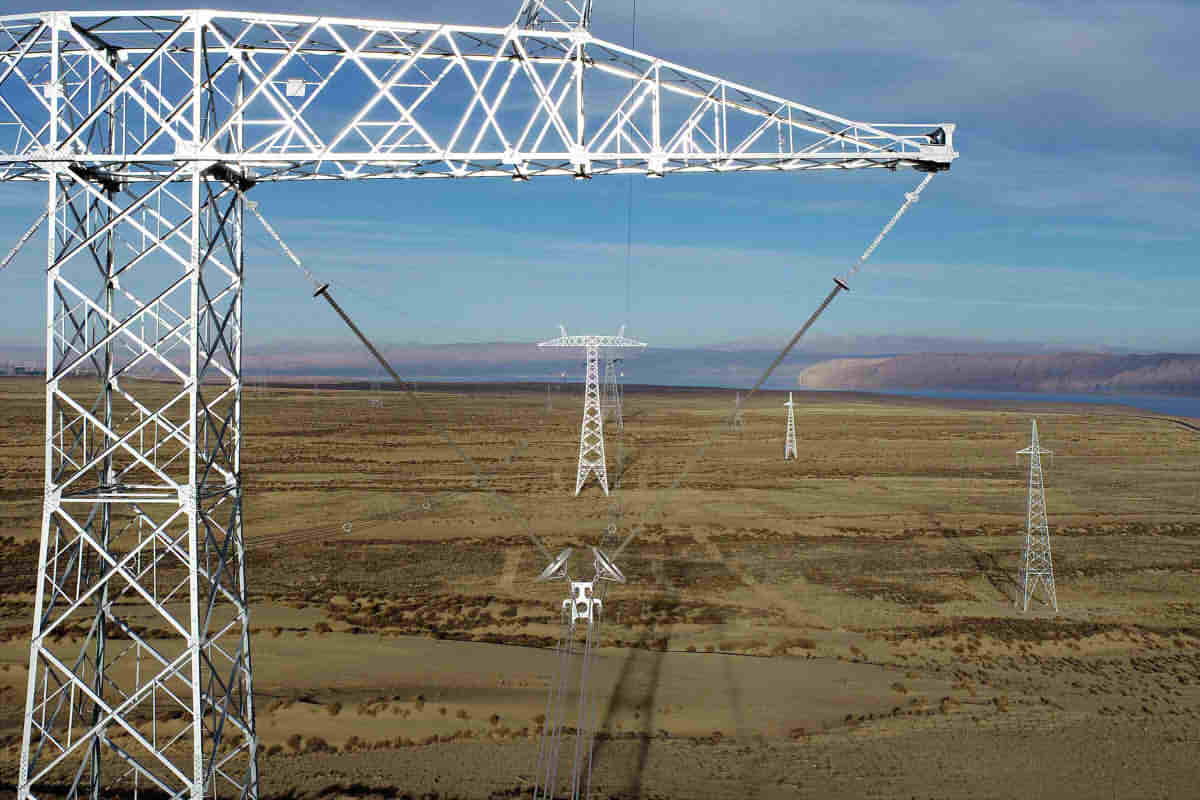With the continued increase in global energy demand, Ultra high voltage transmission technology has emerged to provide more efficient solutions, safe and reliable for power transmission. Large-scale construction of ultra-high voltage projects has driven the rapid development of ultra-high voltage industry, playing a crucial role in global energy supply and energy transformation.

Table of Contents
- What is Ultra High Voltage Transmission?
- Evolution of Ultra High Voltage Transmission Technology
- Advantages of Ultra High Voltage
- Disadvantages of Ultra High Voltage
- Electrical Cables for Ultra High Voltage
- Ultra High Voltage Industry Market Size
- Application Prospects of Ultra High Voltage Transmission Technology
What is Ultra High Voltage Transmission?
Ultra high voltage refers to transmission technology with alternating current voltage levels of 1000 kilovolts or more and direct current of ±800 kilovolts or more. This technology offers significant advantages in terms of transmission capacity and energy efficiency., which considerably improves the transmission capacity of the electrical grid.
The value chain of ultra-high voltage industry includes the provision of raw materials at the initial stage, covering materials such as steel, chemical products, non-ferrous metals and electronic components. The intermediate stage focuses on the production and manufacturing of ultra high voltage equipment, both direct current and alternating current. The final stage involves the construction of ultra-high voltage electrical networks and energy consumption projects.
Evolution of Ultra High Voltage Transmission Technology
High voltage technology is capable of supporting electrical networks with capacities of 1000 kV y ±800 kV, but due to its special nature, presents multiple risks to electrical safety. Common risks include the influence of electromagnetic fields, radio interference, and noise hazards, among others. To address this problem, Researchers have carried out extensive studies in the development of ultra-high voltage technology, which can be divided into three stages:
Initial Stage
Since the decade of 1950, Several countries have begun to research and carry out experiments in ultra-high voltage transmission technology. Countries like the United States, The Soviet Union and Japan carried out multiple test projects at this stage. The United States made significant advances in high voltage technology. Besides, switch design research, radio interference, lightning strikes and insulation problems continued to mature.
Maturity Stage
From the decade of 1990, ultra-high voltage transmission technology has been widely applied. European countries like Germany, Sweden and Norway built a series of ultra-high voltage transmission projects, providing strong support for long distance transmission.
Rapid Development Stage
As we enter the 21st century, ultra-high voltage transmission technology has experienced rapid growth, driven by the rise of new economies, like china. For example, China has been building multiple ultra-high voltage transmission lines since 2009, which has significantly improved its energy transmission capacity nationwide.
Advantages of Ultra High Voltage

Compared to traditional methods of electrical energy transmission, ultra-high voltage technology has notable advantages:
- Improved Efficiency: The application of ultra-high voltage technology allows an effective increase in transmission efficiency, reducing interference caused by external and internal factors. Besides, does not require reactive compensation, unlike traditional power transmission models, which may be limited by thermal resistance problems in the high voltage cables, which affects the stability of the transmission.
- Greater Reliability and Stability: Ultra high voltage transmission is more reliable and stable, Effectively avoiding wasting energy during transmission. Even in adverse conditions, can meet high power transmission demands, something that traditional methods cannot match.
- Costs reduction: The application of ultra-high voltage transmission technology allows a significant reduction in power transmission costs. According to data, The transmission capacity of ultra-high voltage lines is more than three times higher compared to conventional transmission lines. This means that under the same transmission conditions, ultra-high-voltage networks can reduce electricity grid costs by 90%.
- Balance in Energy Distribution: Promotion of ultra-high voltage transmission technology can achieve a balance in electric power distribution, benefiting various regions and ensuring equitable distribution of energy.
Disadvantages of Ultra High Voltage
Ultra high voltage transmission technology is relatively new in its development and, as such, presents some disadvantages and challenges in its application:
- Impact on Human Health: There is a debate in the scientific community about the impact of ultra-high voltage on human health. A definitive conclusion has not yet been reached and a more complete data analysis is required.. Fortunately, Most ultra-high voltage transmission lines are located in areas far from inhabited areas., which limits direct contact with the population.
- Need for Continuous Innovation: Despite significant advances in ultra-high voltage transmission technology and its promising future in the electrical sector, it is necessary to continue innovating based on the changing demands of energy transmission. The rapid evolution of electrical technologies implies the need to research and develop products such as lightning arresters and transformers in accordance with power transmission requirements..
Electrical Cables for Ultra High Voltage
In ultra-high voltage electrical network projects, steel core cables with aluminum are mainly used (ACSR cable). These bare wires transmit electrical current through an aluminum conductor, while the steel core mainly serves the function of increasing mechanical resistance. Steel core aluminum cable is known for its ability to transmit power effectively.

Currently, There is an improved version of the ACSR driver called “conductor with composite carbon fiber core” (ACCC cable). These new generation overhead transmission lines are appreciated for their lightness, tensile strength, Thermal stability, low deformation and corrosion resistance.
In addition to aluminum cables, Aluminum is used in several applications at the power transmission end, as aluminum bus bars, substation transformers and current transformers. Based on estimates based on historical project data, An average of 63.43 tons of aluminum for every kilometer of ultra-high voltage alternating current lines, Y 55.17 tons per kilometer of ultra-high voltage direct current transmission lines.
Ultra High Voltage Industry Market Size
Regarding the market size of the ultra high voltage industry globally, has shown constant growth since 2016. In 2021, The market size of the ultra-high voltage industry reached 587.100 millions of dollars, which represents an increase in 21.9% in comparison with 2020. Various countries around the world have begun to approve and undertake the construction of ultra-high voltage projects, which has driven a significant increase in investment and construction in the industry in recent years . It is predicted that in the future, The market size of the global ultra-high voltage industry will continue to increase.
Application Prospects of Ultra High Voltage Transmission Technology
Ultra-high voltage transmission technology offers a number of promising prospects in the energy field:
- Optimization of Energy Distribution: Ultra-high voltage transmission technology makes it easy to long distance electrical transmission, eliminating geographic limitations and allowing the transfer of energy from resource-rich regions to areas with high energy demand. This contributes to the optimization of global energy distribution.
- Promotion of Renewable Energies: Ultra-high voltage transmission technology enables the transportation of renewable energy, such as wind and solar energy, from resource-rich regions to load centers, thus driving the wide adoption of renewable energy sources.
- Support for International Electrical Interconnection: Ultra-high voltage transmission technology facilitates international and regional electrical interconnection, promoting global energy cooperation and the convergence of energy markets.
- Reducing Carbon Emissions: Through improving transmission efficiency and reducing energy losses, ultra-high voltage transmission technology contributes to the reduction of carbon emissions, moving towards a cleaner and more sustainable energy matrix.
Ultra-high voltage technology is positioned as one of the central forces in the energy revolution of the new era. With wide application and development potential, is expected to play an increasingly crucial role in the growth of the global energy sector. As technology advances and global energy demand continues to increase, ultra-high voltage transmission becomes a fundamental component for the continued advancement of the global energy industry.

